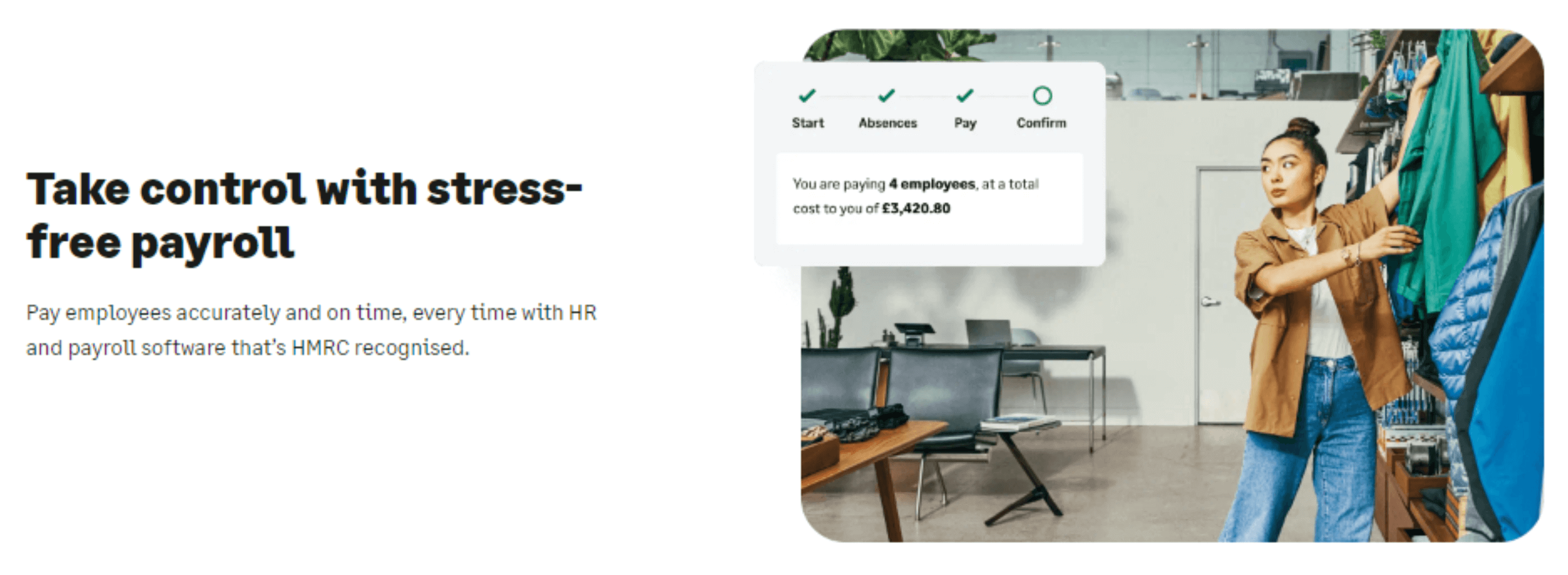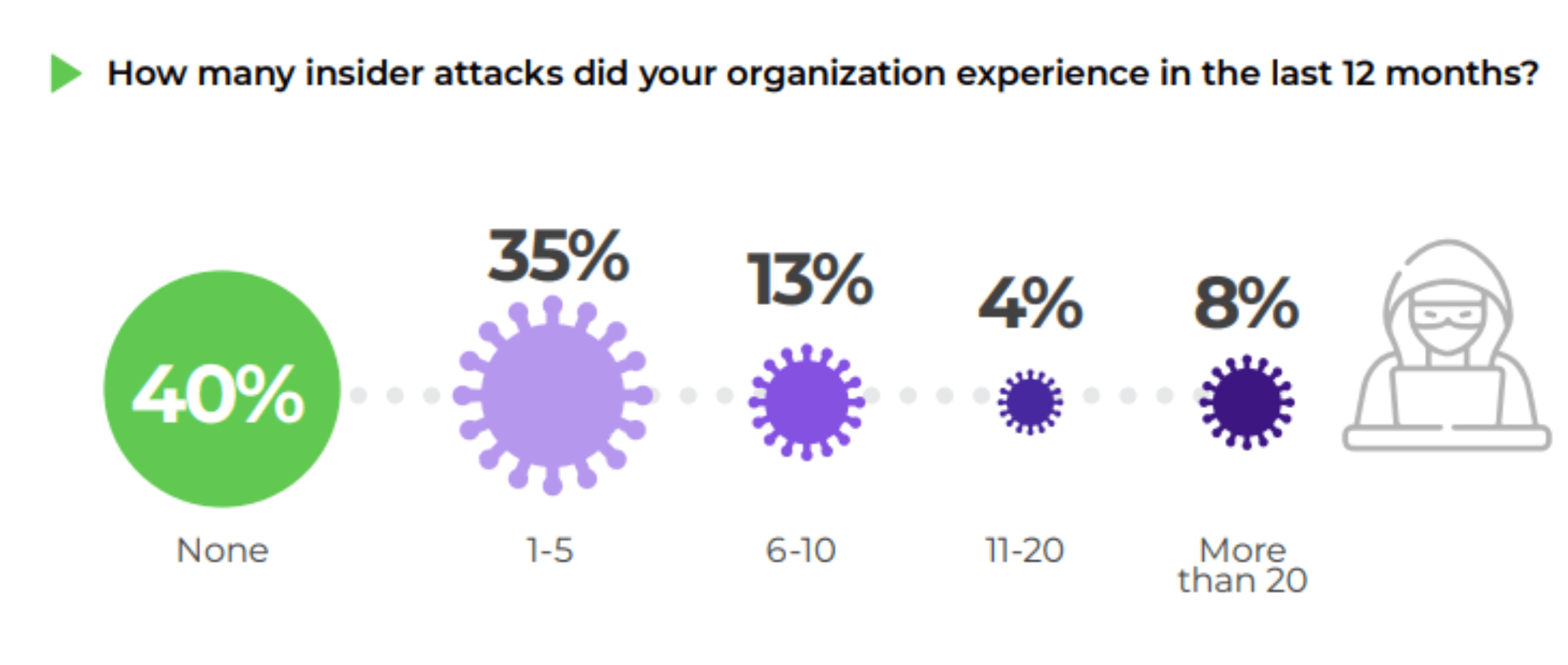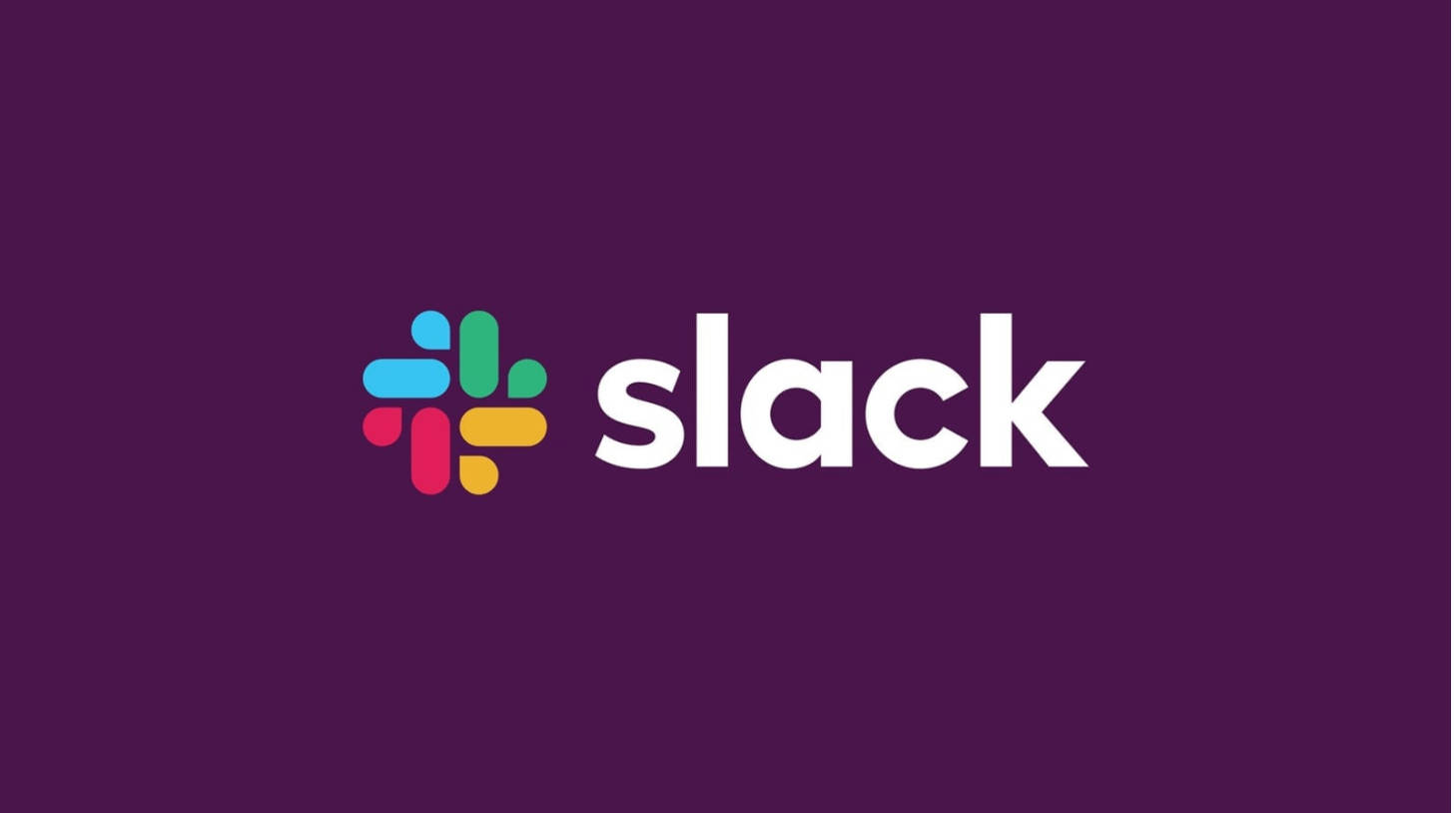Can AI help HR and finance collaborate more smoothly?
Navigate roadblocks in collaboration between the HR and finance departments using artificial intelligence. AI tools can aid in integration, automation, forecasting, compliance management and more to elevate strategic decision-making across both departments.

When HR and finance work together, businesses thrive. But achieving a harmonious relationship between the two departments is, at least traditionally, rather taxing.
Fortunately, artificial intelligence (AI) can mitigate the difficulties of HR and finance collaboration. Thanks to technology, you can unite HR and finance strategies to drive better collaborations, processes, and solutions.
Contents
Common challenges of HR and finance collaborations
HR and finance are two departments that, historically, don’t see eye-to-eye.
HR recognizes employees as valuable business investments. Strategies focus on improving intangible assets like skills and experiences. Finance, on the other hand, tends to see employees as an expense and is laser-focused on the value of quantifiable assets.
These differing ideologies push the two teams into departmental silos, where their strategies, solutions, systems, and sources all exist in isolation. This can result in conflict, data inaccuracies, and a host of other issues when the two teams need to collaborate.
But collaborate they must.
Whether it’s to optimize your recruitment budget or streamline your payroll, HR and finance need to come together. Modern businesses are quickly learning that collaboration between the two enhances strategic decision-making across both departments.
But to achieve this harmony, you need AI.
How AI can facilitate better HR-finance collaboration
AI can improve the collaborative capabilities of HR and finance in three key ways.
1. Data integration and analysis
Siloed HR and finance data is vulnerable to data inconsistency, duplication, and human error. These risks slow down productivity, increase the risk of oversights, and cause teams to miss out on valuable opportunities.
An AI-powered enterprise resource planning (ERP) system captures and unifies HR and finance data in real-time alongside all your other department-specific information. With enhanced visibility, dispersed teams can access consistent data and analyze it to make collaborative and mutually-beneficial decisions.
So, for example, finance will always know when a new worker is added to the payroll or if an employee’s benefits change. This ensures the accuracy of financial budgeting and planning.
2. Automated reporting and forecasting
Your business needs to do more than keep up with the latest trends – it must anticipate them. Automated reporting and forecasting deliver swift access to data and analytics that can be used to power critical financial decisions.
Finance teams need employee data to make these decisions. This is where AI comes in. Automated reporting and forecasting tools use artificial intelligence to pull disparate data. This is then consolidated into customizable financial reports, which consist of easy-to-interpret visualizations, charts, etc.
Essentially, this enables finance teams to generate forecasts on demand. And, thanks to ongoing data streams, finance teams can quickly and confidently update forecasts in response to any changes.
3. Streamlined compliance and risk management
Both HR and finance handle sensitive company and employee data that needs to be protected under data protection laws and regulations. Inefficient data-sharing processes between HR and finance can result in costly repercussions.
Additionally, teams need to abide by labor laws and tax regulations, whether this be in the UK or state labor laws in the US. For businesses with employees in different cities or countries, this can get complicated very quickly.
With so many rules and regulations to adhere to, companies are turning to AI. The best cloud-based AI technologies have compliance built into their core and utilize a stack of security features that strengthen risk management.
AI applications in HR-finance collaboration
So, what does the application of AI in HR-finance collaboration look like? Here are a few examples.
1. Payroll and benefits management
HR needs to pay employees their wages and benefits accurately, on time, and in alignment with tax and employment laws. Without AI, it can be difficult to achieve the financial visibility and operational reliability needed to eliminate human error.
Any discrepancies that arise from human error, duplication, or the like can have serious consequences. This is why payroll software has become the standard for streamlining payroll and benefits management.
HR and payroll software automates payroll and benefits operations. As well as producing accurate, on-time payslips for employees, it also stores historical and current payroll data for quick analysis. This means HR and finance can make data-informed financial decisions regarding future salary and benefits offerings.
Plus, if you do business in the UK, you can even utilize natively HMRC-compliant payroll software to make sure compliance with the latest tax legislation.
2. Budgeting and financial planning
Employees are your most vital asset, which naturally means they’re one of your most costly expenses. It’s essential HR and finance teams work together to balance employee recruitment, salaries, and benefits with sustainable business profitability.
As recruitment costs climb, budgeting and financial planning need to be a joint effort right from day one of recruiting.
Luckily, recruitment software can optimize the hiring process to meet the goals of both HR and finance. This creates better candidate experiences, speeds up the hiring process, and secures the best talent in the right places. By doing so, HR can drive down cost-per-hire.
Salaries and benefits are also a common point of contention. Currently, benefits cost employers 32.9% of total employee compensation. HR teams who offer extravagant benefits like tuition reimbursement or cash bonuses without comprehensive financial budgeting and planning can land themselves in hot water.
But AI-powered accounting software can unite HR and finance. Thanks to features like detailed financial reporting and cash flow visualizations, the two can collaborate to make informed recruitment, salary, and benefits decisions.
3. Fraud detection and prevention
Every department needs to be able to defend against fraud attempts, but because HR and finance teams are privileged users with access to secure systems and sensitive data, insider threats are a bigger risk.
Not convinced it will happen to you? Well, 60% of businesses have experienced at least one insider attack in the last year according to a Gurucul study. Whether they occur due to maliciousness or negligence, insider threats are a pressing concern.
Fortunately, accounting, HR, and payroll systems all come with in-built security features that, when fortified by ERP, harden your fraud defense. This includes things like audit tracking, user access restrictions, and real-time alerts.
As well as deterring and quickly identifying malicious insider attacks, AI can prevent negligence from causing catastrophic data breaches that lead to external fraud.
Align your teams – and tech – for success
When HR and finance work together, they can achieve their aligned goal to maximize capital. But to do this effectively, they need the right resources.
AI-powered technologies unite disparate systems and facilitate cross-department communications. HR and finance can use them to automate and streamline data integration and analysis, ultimately powering better hiring, payroll, budgeting, and forecasting strategies.
Want to connect HR and finance? Use AI today.





